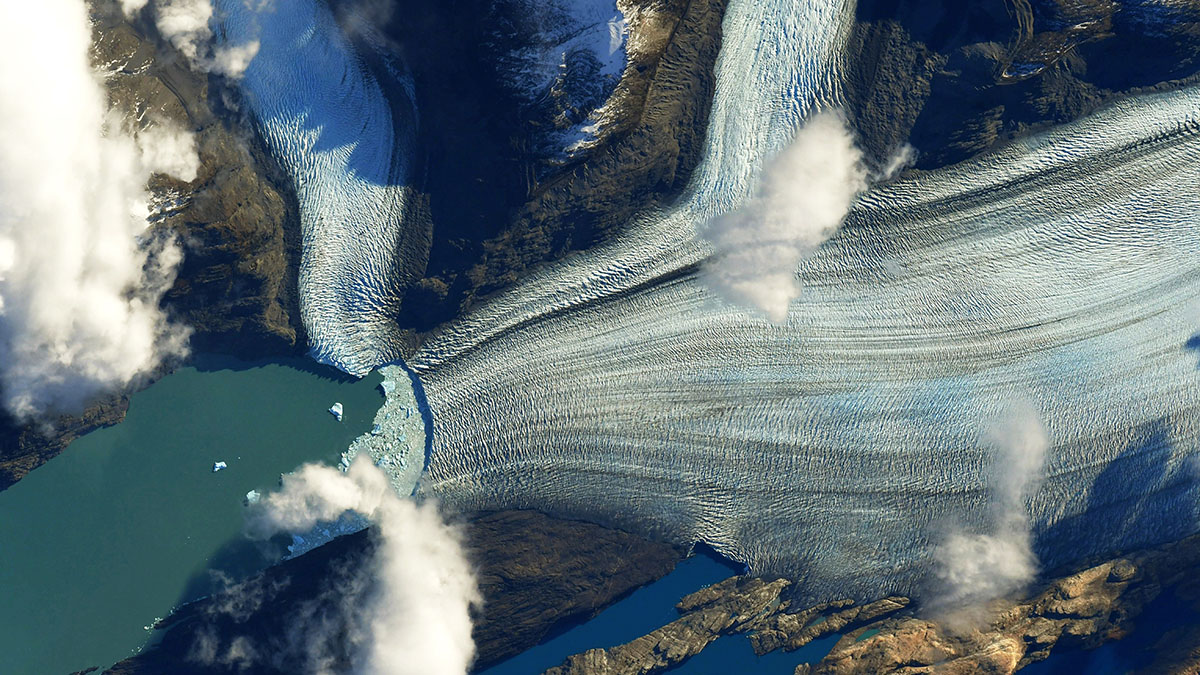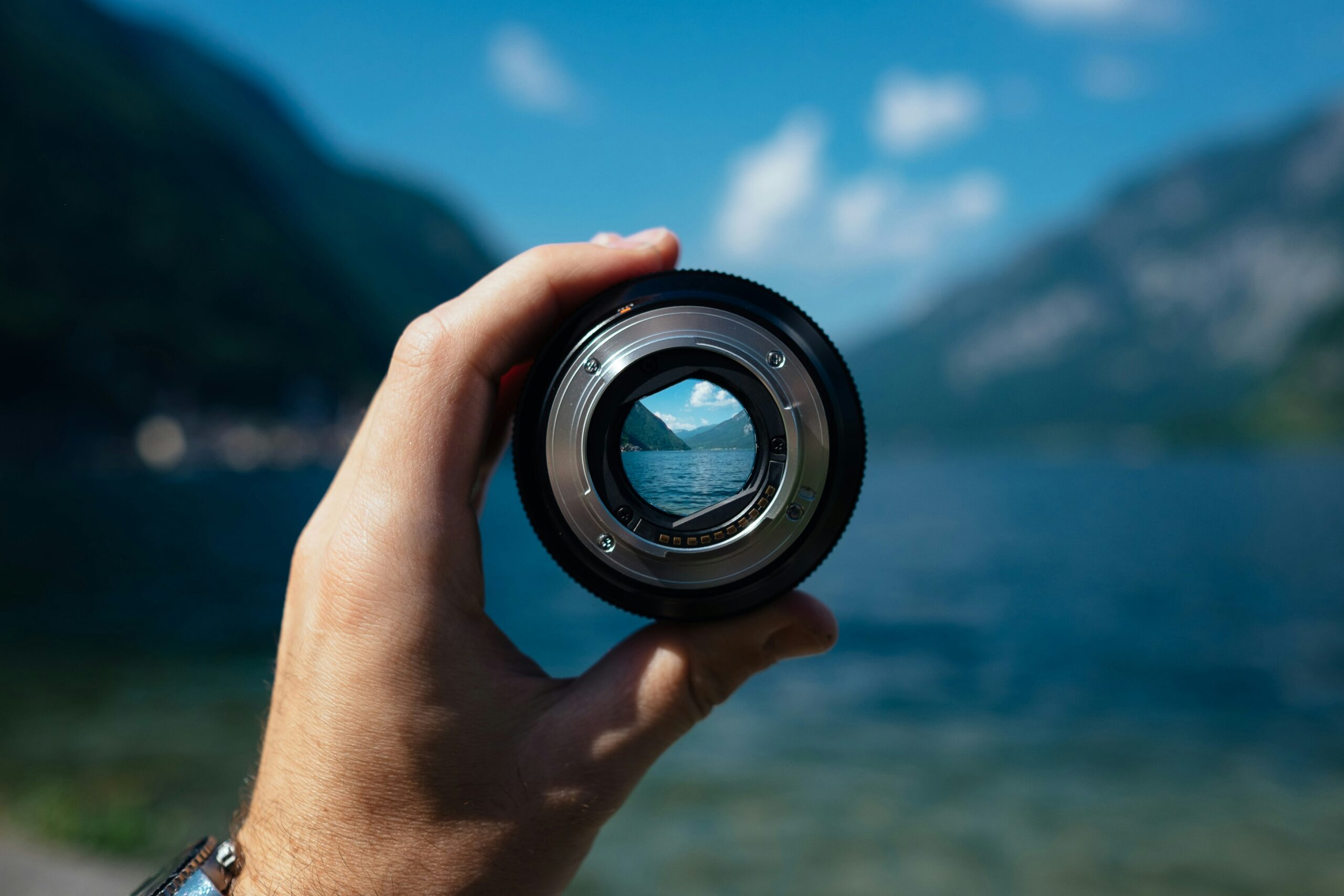HERE’S HOW TO DO IT.
How scientists can constructively communicate the climate transition
Here are the learnings, recommendations, and a way forward for a better collaboration between scientists and journalists
By Kristian Elster, Mahima Jain, Mactilda Mbenywe, Liam Mannix and Tais Gadea Lara
The big picture
The climate crisis is here, now. We need all hands on deck, and yet the media and politicians have all but petrified people with their stories of gloom and doom on the one hand, and inaction and political bickering on the other. Climate fatigue was a major reason for consumers who avoided climate news, according to a survey by Oxford Reuters Journalism Institute in 2022.
The collaboration between scientists and journalists is therefore urgent. It is increasingly important for all scientists and academics—whether they work on climate change or other fields—to share their knowledge and findings with journalists.
The public trusts scientists far more than journalists or government leaders. Over 74% of respondents in a survey across 28 countries said they trust scientists to tell the truth, Nature noted in 2024.
The survey was conducted by global communications company Edelman and included 32,000 people. By comparison, only 47% and 45% of respondents trusted journalists and government leaders, respectively, to tell the truth about innovations.
Nevertheless, we’re hearing about climate change from politicians—who the public trusts least—rather than scientists, who the public trusts most. A study of Danish climate journalism between 2018 and 2021 found the most-quoted sources were not scientists, not the ordinary people who will bear the brunt of the climate crisis, but business people and politicians. Oftentimes, business representatives with vested interests are quoted before—or instead of—scientists. But the world needs more expertise, not less.
Also, a survey done by the Constructive Institute on articles from the Norwegian broadcaster NRK shows that climate stories that are nuanced and suggest solutions, get more readers than other articles.
All branches of science, technology and engineering are important to make sense of our present and future, but the scientific community has varying roles to play in this jigsaw puzzle.
For journalism, it is pertinent to look as much to the future as the past. While journalists turn to scientists to make sense of what is already happening due to climate change—those who work on disappearing glaciers, burning of fossil fuels, or even broadly what shaped the Anthropocene—they also need to speak to scientists who make sense of what is going to happen to our planet, what we can do about it, and what is being done about it.
Scientists and engineers are working on altering the trajectory of climate change and finding technical and scientific solutions that can help us adapt and mitigate climate change.
Scientific work for a better future ranges across disciplines, and more journalistic collaboration is required for these advancements to reach the public. Stories on clean technologies or/and energy, solutions to manage the plastics problem, carbon capture, storage and conversion, waste management, or climate-friendly agriculture can—and should—spill over from the Climate or Environment section into Economy, Business, Finance, Markets and others.
However, scientists’ hard work and research is often buried in research papers and journals. Communicating the nitty-gritty of science in a way that resonates with the general public and connects to the larger picture is no small feat. Here’s where journalists’ can be translators between the complex world of science and the curious eyes of the public. They can help bridge the gap: to turn the intricate and often inaccessible into stories that inspire, inform, and engage. Active involvement of journalists in science communication has several benefits for both.
We hope the “Lessons” will offer a broad framework and context that other scientists and engineers—and journalists—can use when communicating their never-ending research. The “Recommendations” are practical to-dos for scientists engaging with journalists and the media. The “Way Forward” acknowledges the gaps and broader structural issues within academia that need urgent attention.

Lessons
Science is not a linear process. A common misconception may be that scientists do the research, find ways to operationalise and engineer it, and then it’s out in the world. This is not the reality. There are often issues with scaling up and engineering technological solutions, which can even expose problems with basic research, sending scientists back to the laboratory and on their timelines. For climate stories, this is an important reminder as it can delay timelines for climate action.
Science works with Technology Readiness Levels. While scientists often contextualise their work with the Technology Readiness Levels—or TRLs—most journalists and the public do not know about this. NASA defines TRL as “a type of measurement system used to assess the maturity level of a particular technology”, and this ranges from one through nine. When talking about climate solutions, it is a good idea to share the TRL and the tentative timeline for deployment.
Science is not a silver bullet. Whether it is for climate action or any other field, science often works in tandem with society. A problem like climate change doesn’t have one solution but requires multiple actions to mitigate emissions and help us adapt to climate impacts. Climate change demands changes from all sectors and with all actors involved. Scientific solutions to climate change can often be positioned by petrostates, fossil fuel companies, or the industry to give “false hope” and allow “business as usual.”
Whether it is technologies to recycle nylon, pilots for carbon capture in a waste-to-energy plant or a biogas plant from manure, no solution is final. For this reason, scientists must explain precisely to journalists about the contribution of their work, the particular stage of the general process in which it is located, and warn about all the complementary actions that are required to tackle climate change.
Science is a complex and technical process. While scientific solutions may take a long time to be deployed, it doesn’t mean that journalists and the public aren’t interested in scientific developments at the lab stage. Sharing the intricacies of the scientific process and how it contributes to a complex whole, can improve scientific literacy among people while creating awareness about certain solutions. This can spark conversations, translate technical terminologies and processes into everyday language, and spotlight why ongoing support and unbiased research environments are crucial. Journalists can help demystify the scientific process and rally public backing for better science.
Science, technology and engineering has to continue to work hand in hand with society if we are to try and reach net zero by 2050. It is important for the public—and politicians—to understand that science is a never-ending process.
Recommendations for engaging with the media
Answer the (not so) stupid questions. Journalists often ask simplistic or obvious questions, this may be to voice the queries of the public or to even get the basics of science. Every “simple” question is an opportunity to clarify, enlighten, and ensure that science is getting through as intended. It helps to simplify complex concepts to their bare essentials, and a chance to widen the circle of understanding. Remember that journalists are translators between the scientists and the audiences.
Understand what and who is the story. Scientists should understand the motivations and aims of the story and the audience. Do a bit of research—or ask the journalist—about the audience and tailor the message appropriately. Some questions to ask: Is it a story about the project or paper, or is it about a broader solution in which the project fits? Is it a story about the lab and the people in it, or is it a profile of a scientist? This will help shape the questions and the scientists’ responses.
Go on the record. Journalists contact scientists for different reasons. Reporters may call for background information on certain topics that scientists do not want to be quoted on and are not required to. However, speaking on the record, clearly and loudly, on topics where the scientist is an expert helps build credibility for the story. There are four levels of attributions from sources, have a look at these for clarification.
List key messages and quotes. Based on the understanding or aim of the story, scientists can come up with two or three key points that they would like to communicate to the audience via the journalist. Moreover, there’s a difference between explaining all the science and giving a quote. Scientists can think about phrasing their key points in quotes and can work with journalists to deliver the same.
Tell a story. Scientists can work on communicating the science as they would tell something to their friends at a bar or their parents back home. Try to avoid jargon and reduce the use of technical terms. However, it is important to spread scientific literacy for certain topics and subjects and using a few important technical terms can be useful for public discourse. But be sure to explain these to the journalist.
Let journalists in. Scientists can offer to show journalists the magic that drives their work and career. From offering a tour of the lab to sharing inspirations and the intimate moments that make science exciting for them, there are many ways to let the journalist–and the world–in. Good stories have sensory details, share them as much as possible–how does a gas smell, how does an enzyme taste, how hot is it inside a waste-to-energy plant?
Share your life. Scientists should also consider sharing struggles and challenges that keep them up at night. They can highlight the significance of their work and emphasise why the research matters to them, the community, the discipline or the planet.
Simplify the complexities. Communicate complexities such as numbers, equations, quantities in a simpler way that would make sense to an audience. From comparing the size of a microbe to a grain of sand, to visualising plastic waste as football fields–it could be easy if these can be compared in some way to something people can relate to. Offer visuals, and provide charts, graphs, or images that can help illustrate the research findings. Visuals can make the science more engaging and easier for audiences to understand.
Visualise the real-world impact. Journalists and the public want to know how the results of the research will look. This means, explaining how the research plays out in the real world, hypothetically, or even imagining a headline. Take, for instance, plastics, a field that cries out for better visuals. Most articles on plastics are illustrated with pictures of plastic waste but they convey sadness and hopelessness. However, scientists working to tackle the plastics problem represent the opposite. So, help journalists understand a future when scientists can use bacteria or enzymes to “battle plastics”.
Be transparent. Scientists should be transparent about project funding, collaborations with corporations and organisations, and other conflicts of interest. This will provide clarification to audiences who can often be sceptical.
Define your expertise. A leading scientist at a global organisation said that young scientists tend to stick to the data, while older scientists are more willing to say things that are perhaps not supported by science. Scientists can find a middle-ground between sharing their data, and analysis, and their personal opinions. If the scientists are sharing the latter, it would be good to clarify that to the journalist.
Clarify and fact-check. Journalists don’t intentionally wish to misrepresent scientists. So scientists can keep an open line of communication, offer clarifications and a fact check. Journalists are unlikely to share the entire draft with the scientists but may send excerpts and quotes for fact-checking.
Keep the deadlines in mind. Scientists work in timescales of months or years, but journalists do not. One of the reasons journalists turn to business people, activists or politicians for quotes is their quick turnaround time. Business people have paid staff who do this, and while journalists understand the constraints on scientists’ time, it would be good to respond to emails within deadlines.
Scientists can also familiarise themselves with the ways in which the media works, and may need to adjust their expectations. It is important to remember that journalists will not be able to reproduce the entire interview or the complete journal article. Clarifying questions such as asking what their input will be used for or the timeline of publication, which may be different for the deadlines that the journalist has, can help in setting expectations. It is important to remember reporters do not have control over headlines, captions and timelines; this is often the job of the editorial team.
The way forward
Interact. Foster regular interactions with journalists across beats, and understand the process of journalism. These can be used to chat about the process of science and scientists, and share updates on research or findings. Workshops with scientists and journalists can help both professionals learn directly from each other. It can speed up the process of sharing scientific research with journalists. Try to set up informal meetings between scientists and journalists where they can meet without being quoted, just to learn.
Feedback loops. Touch base with journalists and give feedback on the story. Tell them what was alright and what could be done better.
Make science inclusive. Science is not, and should not be, a white man’s sport. While there is a significant gender (and race) gap in STEM, this needs to be bridged. Data shows that in 2023, women made up only 28% of the STEM workforce. Those from marginalised groups—whether Hispanic or Black students in the United States or lowered caste students in India—are often underrepresented in the STEM field due to a variety of factors. This means their representation of the media also suffers.
Senior men scientists need to pass the mic: refer journalists to colleagues who are women, from a diverse background, from the Global South or other marginalised groups. Oftentimes, such colleagues and collaborators may also need support and the confidence to engage with journalists. Women and scientists from diverse backgrounds should make themselves more available to the media. And once scientists who are women or from marginalised backgrounds have a place at the table, they should work together to “get a chair” for other diverse voices too, instead of perpetuating inequalities under the prevailing model that kept them out.
Train young scientists. Equality also applies to other considerations such as age and experience. Adult scientists and young scientists can provide different perspectives on the same scientific work and that is super rich for coverage. The idea that only the scientist with the most years of experience is in charge of speaking to journalists completely excludes new generations of scientists.
Plain language summaries and translations. English is the lingua franca of science communication. However, there are hundreds and thousands of languages in the world. While it may be implausible to have all the research in all languages, it would be beneficial to start with a few widely spoken languages.
Journalists would greatly benefit from plain-language summaries of scientific articles. These can be explanatory, and more understandable for a lay audience. At the least, these can be translated into as many languages as possible. And remember: translation programmes like Google Translate works better with simple text.
It is pertinent for scientists to engage with the public, and journalists are an important means to that end. People trust scientists more, despite this, the distance between the lab coat and the layperson is massive. We need to bridge that, now.
Menu



